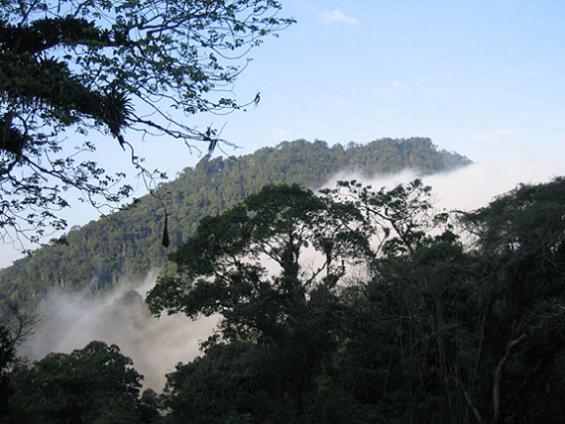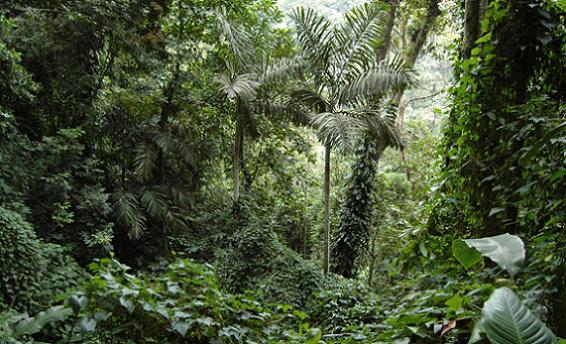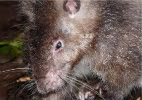Researchers have discovered a new species of spiny mouse that lives on four mountainous forests in the Cordillera de la Costa mountain range, which runs along Venezuela’s northern coast.
Discovered by Dr. Robert P. Anderson, Associate Professor of Biology at The City College of New York, and Ph.D. student Eliécer E. Gutiérrez, the new spiny mouse has been named Heteromys catopterius, which means the ‘height that commands the view’. The mouse has come to be known as the Overlook Spiny Pocket Mouse.
“Most people are surprised to learn that new species of mammals are still being discovered,” Professor Anderson said. “Sometimes they are discovered based on genetic work, but this is a case where anatomical studies made it clear a species existed that had never been recognized by biologists before.”
The overlook spiny pocket mouse’s closest relative is the Caribbean spiny pocket mouse, but the new species is darker and longer with a wider skull and less rounded ears. It also inhabits mountainous forests (between 350 to 2,450 meters above sea level), whereas the Caribbean spiny pocket mouse is found in lowlands.
Since, the overlook spiny pocket mouse is regulated to higher elevations it is likely threatened by climate change, explains Anderson, who is building climatic models to see how the mouse’s habitat will change as the area warms.
The discovery was published in the Bulletin of the American Museum of Natural History, and the research was funded by the National Science Foundation.

View of the Cordillera de la Costa. Photo by: Robert Anderson.

Inside the overlook spiny pocket mouse’s habitat. Photo by: Eliecer E. Gutierrez.
Related articles
New fox subspecies uncovered in California
(01/03/2010) Heavily-populated California may be one of the last places one would expect to find a new mammal, but the Sacramento Bee reports that genetic evidence has revealed a new subspecies of red fox.

(09/23/2009) The Atlantic Forest may very well be the most imperiled tropical ecosystem in the world: it is estimated that seven percent (or less) of the original forest remains. Lining the coast of Brazil, what is left of the forest is largely patches and fragments that are hemmed in by metropolises and monocultures. Yet, some areas are worse than others, such as the Pernambuco Endemism Centre, a region in the northeast that has largely been ignored by scientists and conservation efforts. Here, 98 percent of the forest is gone, and 70 percent of what remains are patches measuring less than 10 hectares. Due to this fragmentation all large mammals have gone regionally extinct and the small mammals are described by Antonio Rossano Mendes Pontes, a professor and researcher at the Federal University of Pernambuco, as the ‘living dead’.
New species everywhere in Papua New Guinea’s ‘lost’ volcano

(09/07/2009) A five week expedition into a remote extinct volcano has uncovered a treasure trove of new species in Papua New Guinea, including what may be the world’s largest rat, a fanged frog, and a grunting fish. In all the expedition estimates it may have found around forty species unknown to science. The expedition was undertaken by a BBC film crew and scientists in January. Local trackers led them into the unexplored jungle, hidden beneath the Bosavi volcano’s 2,800 meter summit. Six months prior to arrival, fields of spinach and sweet potato were planted to feed the expedition in such a remote area.